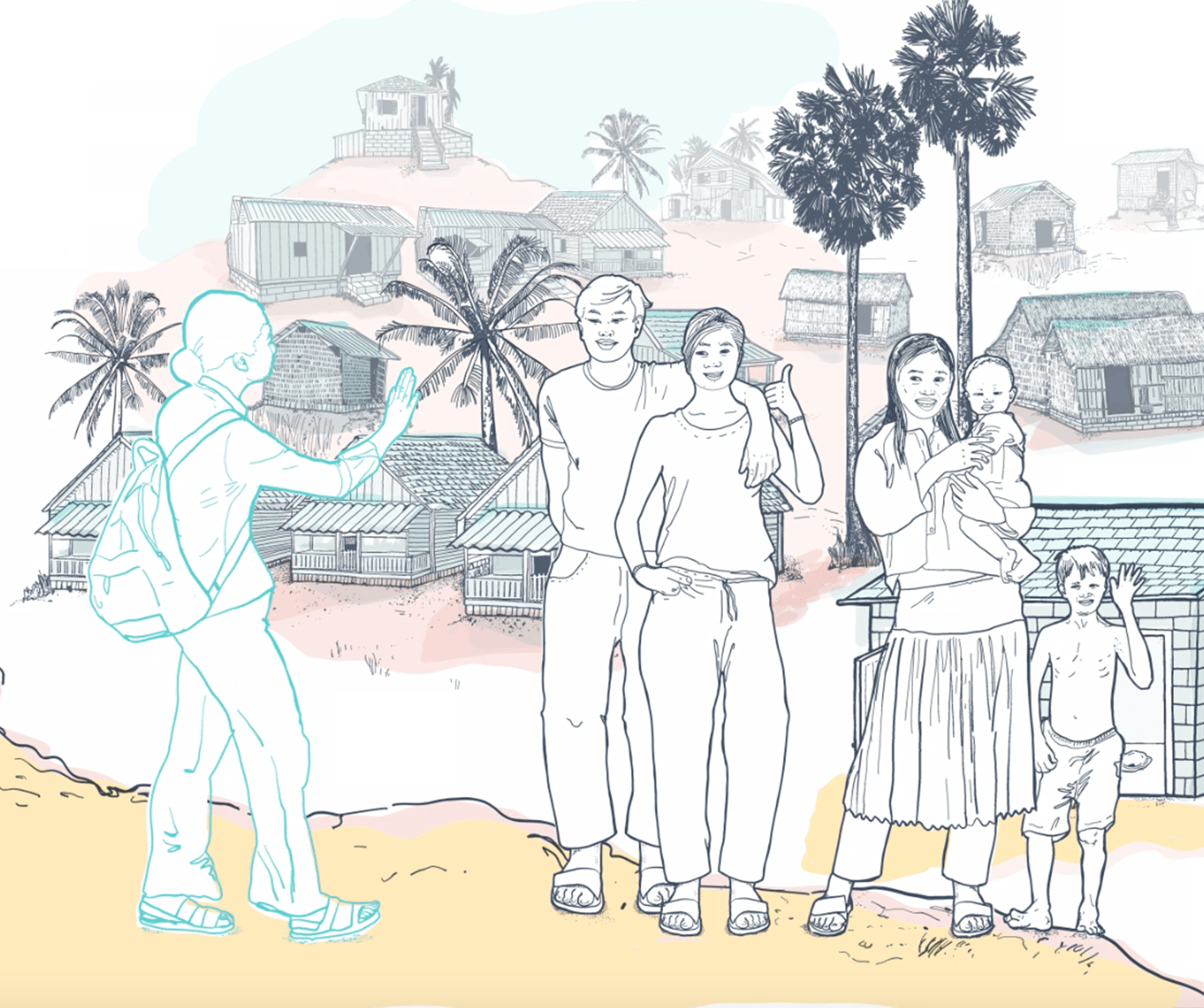Safe disposal of children’s faeces is as essential as that of adults’ faeces. The Joint Monitoring Program for Water Supply and Sanitation (JMP) tracks progress toward the Millennium Development Goal 7 target to halve, by 2015, the proportion of people without sustainable access to safe drinking water and basic sanitation. The JMP standardised definition for an improved sanitation facility is one that hygienically separates human excreta from human contact. The latest JMP report stated that 64 percent of the global population had access to improved sanitation in 2012.
This means that 2.5 billion individuals lacked improved sanitation; of these, 1 billion practiced open defecation. However, these estimates are based on the household’s primary sanitation facility, and may overlook the disposal practices of young children feces. In many cases, children may not be able to use an improved toilet or latrine—because of their age and stage of physical development or the safety concerns of their caregivers— even if their household has access to one.






